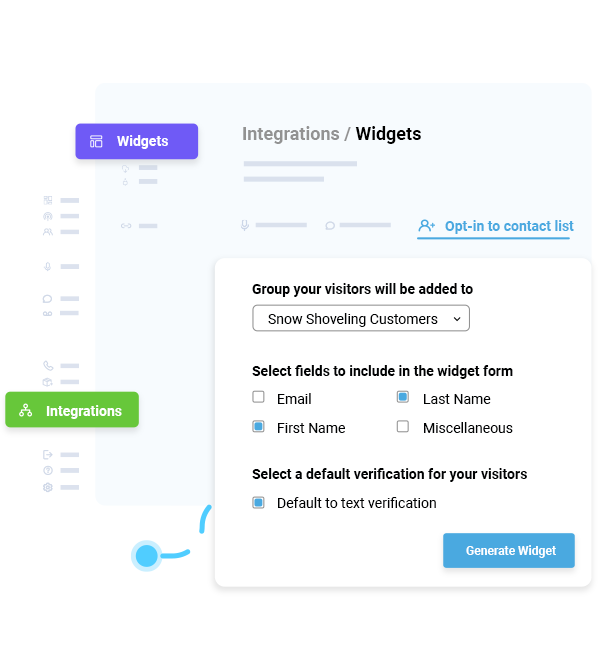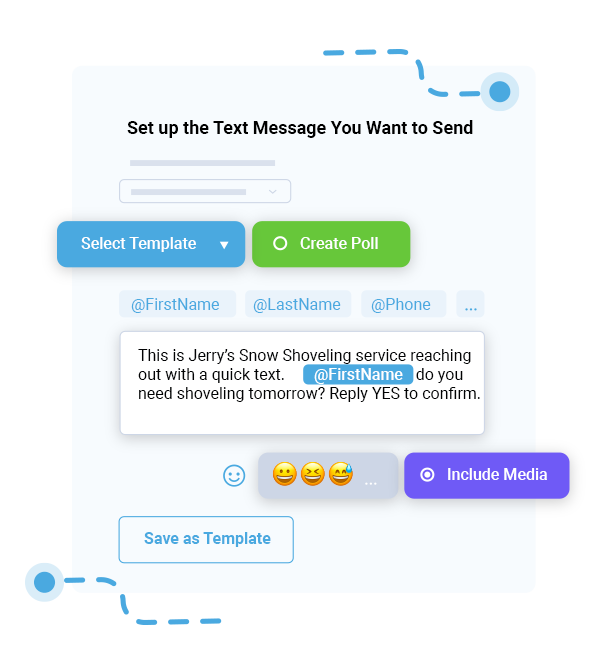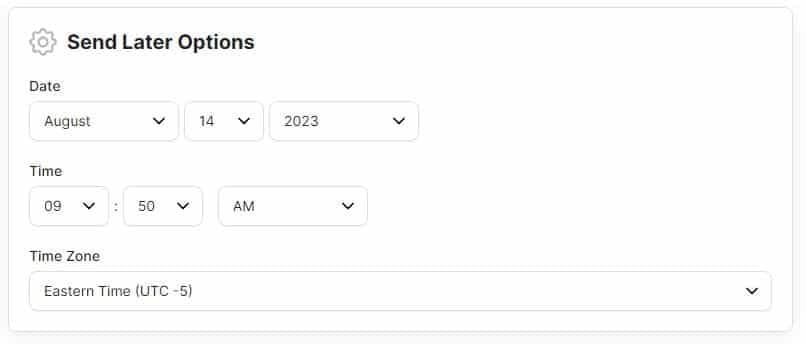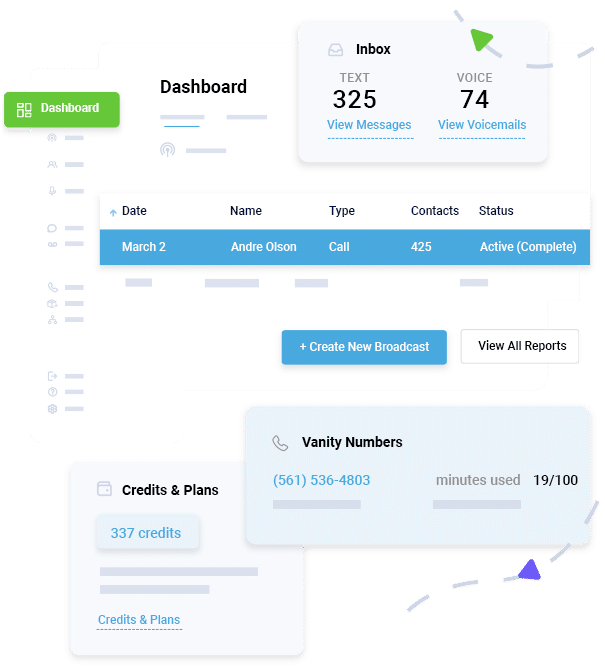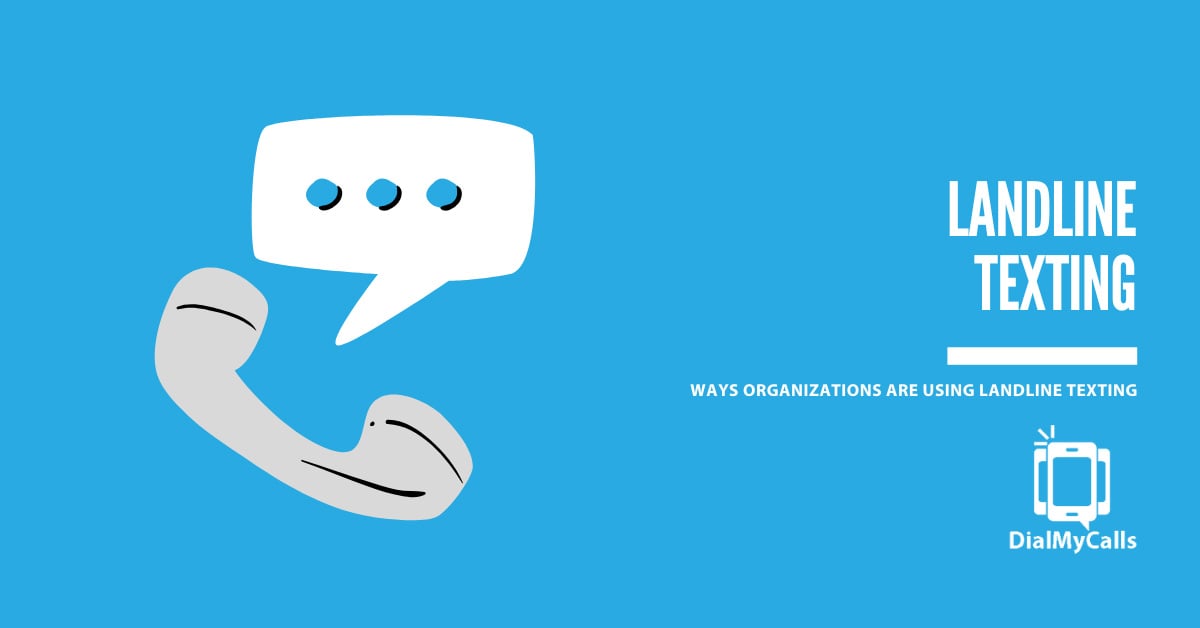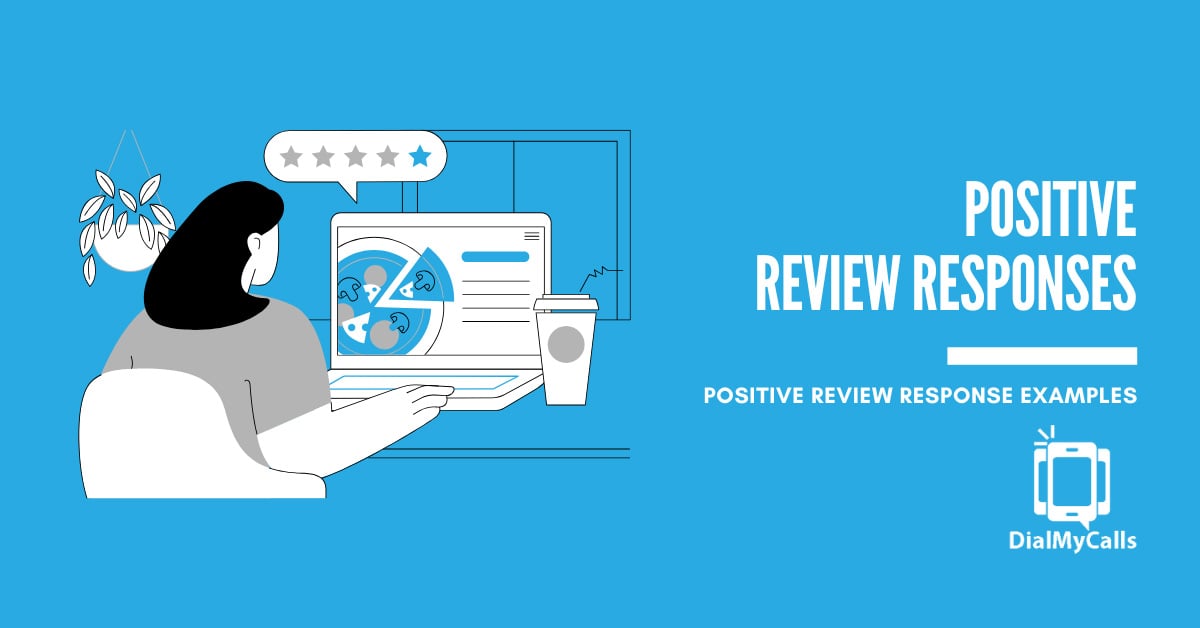How to Start and Grow a Profitable Snow Shoveling Service This Winter
Posted by Tim Smith in Business Continuity on March 8, 2018
Updated on September 8, 2025
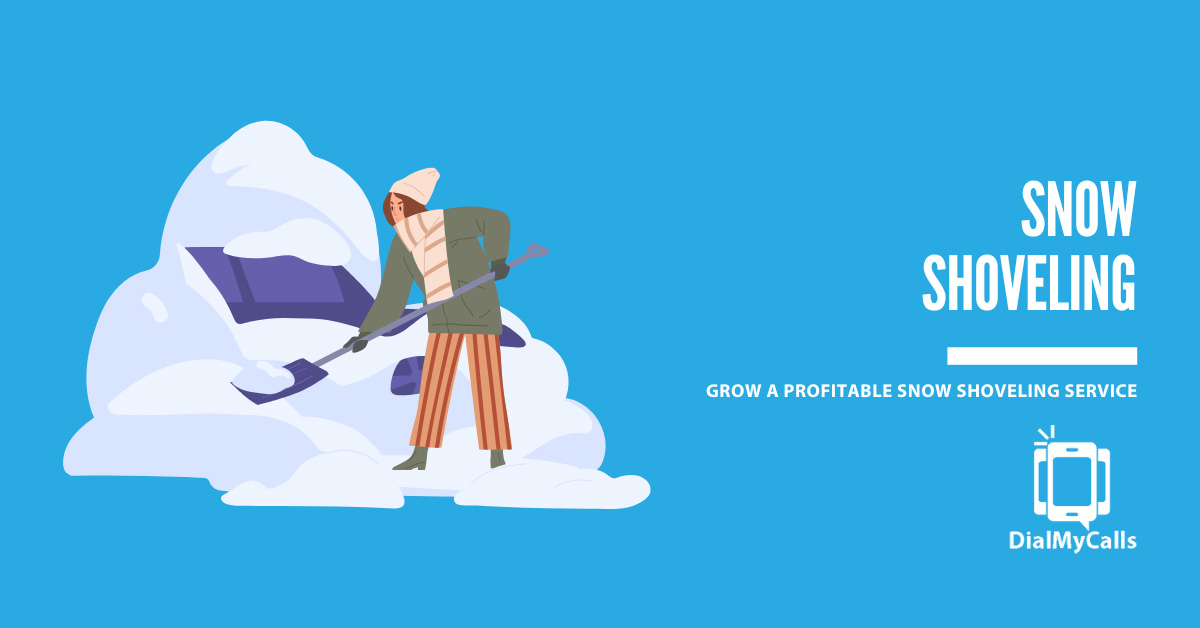
When a winter storm dumps half a foot of snow overnight, the numbers get interesting fast. Some shovelers have reported making $1,000 or more from a single storm, especially when they line up multiple driveways in one neighborhood. On average, snow removal workers earn about $25.49 per hour, and typical driveway jobs run $30 to $70 per visit, but with smart planning, the upside is much higher.
That’s what makes a snow shoveling service appealing. It can be a weekend side hustle that supplements your day job, or a full seasonal business that brings in steady income during the colder months. The barrier to entry is low, but the potential is real.
The catch? Success isn’t just about showing up with a shovel. The real challenge is staying ahead of storms, juggling multiple clients, and keeping communication clear when the snow starts falling. That’s where DialMyCalls comes in. With a few clicks, you can send pre-storm reminders, confirm jobs, and update your client list automatically—freeing you up to focus on the work that actually pays.
Let’s quickly look into how to build a profitable snow shoveling service from the ground up.
Instant Communication, Whenever You Need It
Send Real-Time SMS & Voice Call Alerts from Anywhere
Step 1 – Get the Right Tools to Work Efficiently
Your success starts with the right tools. Fortunately, not much is required to get you started on a snow shoveling service. At the very least, you need a good snow shovel, warm clothing, and a pair of non-slip boots, and you will be able to earn money in a matter of hours after the first snowfall. The tools you choose will affect how quickly you work and how many clients you will reasonably be able to service in a day.
Shovels
Not all shovels are built the same, so don’t skimp on quality here. A grooved, scoop-style shovel with a curved handle is easier on your back and helps you move large piles of snow faster. Plastic blades are lightweight and less tiring for long shifts. Metal blades scrape down to the pavement better, but that metal adds some extra weight. Many pros keep one of each for different conditions.
Salt and De-Icers
Offering salt spreading is an easy way to upsell. A 40-lb bag costs around $10–$15, and customers appreciate the safety it provides. It also positions you as more than “just a shoveler,” you’re providing a more complete snow removal service.
Snowblowers
Once you have a small customer list, a snowblower can be life-changing. The average residential snowblower costs around $1,055, and most models fall between $305 and $1,800, but it could potentially cut your time per driveway in half. Instead of clearing six driveways in six hours, you may clear ten or more in the same time; without wrecking your back.
Snowplows
If you want to take your snow removal business to the next level, a snowplow attachment for a truck will allow you to access commercial snow jobs and larger parking lots, and prepare you for a municipality snow contract. You should budget $1,000-$3,000 for the snowplow alone, plus a truck capable of handling it.. This option is not recommended for first-day operators, but it will become a natural step as you begin to book more work than you can do by hand.
Grow As You Go
You do not have to buy everything at once. Start with a shovel and some salt. As demand increases, reinvest your profits into better equipment. Many snow removal businesses begin as a side hustle that evolves into a full-fledged business over the course of a few seasons. The key is efficiency because the faster you clear a property, the more clients you can serve before the next storm hits.
Step 2 – Price Your Services for Profit
Pricing your services correctly is the difference between a hustle that barely pays for your gas and a service that is profitable. The tricky part is that there is no standard rate for snow shoveling; they are determined by the work being done, the conditions of the snow, and sometimes the urgency of the request.
Hourly vs. Per Job
Some shovelers charge on an hourly basis; fees tend to fall in the $20 to $50 range an hour, depending on the area. This method is simple and eliminates confusion; however, customers typically prefer to pay a flat rate, so they know what they are potentially paying up front. Pricing by the job also rewards you for working faster, especially once you’re using equipment like a snowblower.
Typical Pricing by Driveway Size & Snow Depth (Estimated cost per visit for plowing only)
Here’s a general rate range you can adapt to your neighborhood.
| Snowfall Depth | Small Driveway (1–2 cars) | Medium Driveway (2–3 cars) | Large Driveway (4+ cars) |
|---|---|---|---|
| 1–3 inches | $25 – $35 | $35 – $50 | $50 – $70 |
| 4–6 inches | $35 – $50 | $50 – $75 | $70 – $100 |
| 7–10 inches | $50 – $70 | $75 – $100 | $100 – $150+ |
Customers get it. More snow means more work, and bigger driveways equal longer jobs. After shoveling a few dozen properties, you’ll know how long it takes for every type of job, and you can adjust your pricing to preserve your time.
Urgent or Premium Requests
Don’t be shy about charging more for urgent work. If someone calls you at 6 a.m. to ask you to clear their driveway before they go to work, that’s a premium job. Many professionals add 20-30% for the rush job or ask for an extra charge for same-day calls once the storm has already started.
Build Trust With Transparency
No matter the pricing model you choose, you should be transparent. Make sure you are clear with your price. Put it in flyers, handouts, or a simple one-page website. Customers will appreciate transparent pricing, and it will help you avoid some awkward “how much?” conversations in the midst of a snowfall.
Step 3 – Work Smarter with Proper Technique & Safety
Snow shoveling can be lucrative, but it is also hard physical labor (with some risk of injury), so be careful when working. The smartest shovelers do not necessarily push the hardest; they work at a sustainable pace, use the correct technique, and think about safety when out in the cold.
Safe Lifting
Think of snow as being like heavy bags of groceries – you want to bend your knees and not your back. Keep the snow load close to your body and do not twist when you throw it. Most injuries happen because people attempt to throw snow sideways or decide to lift more than they can reasonably handle. The rule is to keep each shovel pass around 15–20 pounds. A little slower to start but you’ll complete your time without straining your back or shoulders.
Pacing the Work
Snow clearing is not a sprint; if you burn yourself out on the first two driveways, you may not get through the rest of your workday. You can break a big driveway down into smaller sections, and stop every 15–20 minutes to catch your breath. Don’t forget to hydrate; cold air can mask how much you sweat, but you still need to take in fluids. Many seasoned snow shovelers will do various stretch exercises before and after the work to keep their muscles loose.
Cold-Weather Gear
Investing in the right clothing is just as important as having the right shovel. Layer up with moisture-wicking base layers, waterproof gloves, and insulated boots with non-slip soles! A face covering prevents wind burns, and bright outerwear makes you more visible in low-light conditions. Customers notice when you look prepared and professional. It helps build trust and lets them know that they’ve hired someone who is serious.
Why It Matters
Injury or frostbite does not just take you out for one day; it can take away your earnings for the season. Working smart will allow you to manage more clients safely, preserve your good name, and be ready for the next storm.
Step 4 – Land Your First Clients Fast
Obtaining your first customers is usually the hardest step in starting a snow shoveling business. Once others see you out there doing the work, word spreads quickly, but you will need a way to penetrate this market and be seen in that very first storm.
Door-to-Door Introductions
The simplest way to make money shoveling snow is still the best way: knock on doors as soon as it snows. Be nice, introduce yourself, and offer to shovel their driveway on the spot. Have a shovel in your hand – it’s a great visual to show people you’re ready to get to work. Even if the homeowner simply says no, you have planted a seed in case they need you next time.
Flyers and Business Cards
While some homeowners will need your services right away, not everyone will. This is why having some flyers or a business card is worth the expense. Make sure you include your name, phone number, pricing, and services (for example, shoveling, salting, snow blowing). You can either slip them into mailboxes or hand them out while you are going door to door. When the next storm hits, those flyers become free advertising.
Community Bulletin Boards
Don’t miss the local libraries, coffee shops, churches, or neighborhood Facebook groups. A quick post or flyer on a bulletin board can help you find customers who are looking for someone local rather than waiting for a bigger service to show up hours later.
First-Job Discounts for Contact Info
Offering a small discount in return for a customer’s phone number or email is one of the best snow removal service tips. If a customer allows you to add them to your customer list, instead of charging them $40 to clear their driveway, you offer to clear their driveway for $30 in exchange for their information to add to your customer list. This small discount will pay dividends when you send them a reminder each time before the storm that you would like to clear their driveway. This way, they become loyal customers, and you don’t just perform one job.
Why Speed Matters
The sooner you can get those first clients, the sooner you will have a base of repeatable customers. Every storm is an opportunity to show up, add value and get referrals. Once neighbors see you working, you will often get driveways on that street, without asking to do their driveways.
Step 5 – Use DialMyCalls to Stay Ahead of the Snow
One of the biggest challenges in snow removal isn’t the work itself; it’s managing customers when the weather turns chaotic. Storms don’t wait, schedules shift fast, and people want clear updates. That’s where DialMyCalls changes the game.
Build an SMS List of Customers
Every driveway you clear is an opportunity to add someone to your contact list. With DialMyCalls, you can upload those phone numbers into a single database, giving you a direct line to every client before, during, and after a storm. It’s faster than making individual calls and more reliable than hoping someone sees your social media post.
Send Pre-Storm Reminders
The night before a big snowfall, send a simple text blast: “Need shoveling tomorrow? Reply YES to confirm.” In just a few clicks, you’ll know exactly who needs service, and you can prioritize your route before the snow even hits the ground. Customers love the convenience, and you eliminate the guesswork via SMS marketing for snow removal.
Automate Confirmations and Schedule Changes
Plans change quickly when the weather is involved, which makes winter weather alerts crucial. DialMyCalls lets you send instant confirmations once a customer books, and if you’re running late or need to reschedule, you can notify everyone at once. No endless back-and-forth calls—just a quick update that keeps people informed.
Keep Clients Updated in Emergencies
Power outages, heavier-than-expected storms, or city plow delays can throw off your schedule. A quick mass message through DialMyCalls ensures your customers aren’t left in the dark. That level of communication builds trust and keeps you ahead of competitors who leave clients guessing.
Why It Matters
In snow removal, reliability is just as important as clearing driveways. DialMyCalls makes it easy to deliver that reliability at scale. Instead of scrambling to manage calls during a storm, you’re in control—organized, responsive, and professional. And that’s what turns one-time customers into long-term clients.
Stay Connected with Mass Notifications
Create & Send a Broadcast to Thousands in Seconds
Step 6 – Manage Your Time and Capacity
It’s easy to get swept up in the chaos of a storm and say yes to every incoming request. The thing is, there are only so many hours in the day, and making an over-commitment on your time may lead to frustrated customers, or worse, you are burned out halfway through the season.
Set Realistic Daily Limits
Most shovelers can shovel about 5-8 driveways in a day if they are only using a shovel; with a snow blower, that might be closer to 10-12. With a plow, you can do more driveways, but the principle remains the same – know your limits. Doing 20 jobs in a day can look good, but if you can’t finish them all, you’ll lose more than you make.
Prioritize Regular Customers
Repeat customers should always take precedence. They are the ones who get you storm after storm, providing consistent income, and when you prioritize them, you don’t just provide them great service, you also establish goodwill in the form of word-of-mouth referrals. New customers are fine, but they shouldn’t be branching out all over the place at the expense of those who have already made the commitment of time and money to you.
Plan Routes Strategically
Efficiency is not all about how quickly you shovel; it is about the most efficient way to organize your day. Try to group your jobs that are in close proximity to each other so you are not driving too far. Make sure you schedule the biggest or most important jobs first when you have the most energy for the day.
Protect Your Energy
Snow removal is seasonal, but it is also a high-impact activity. In order to manage your energy over the course of the winter, you need to balance your heavy storm days with lighter storm days. It is better from an energetic standpoint if you maintain consistency, rather than pushing your limits with exhaustion in the middle of January.
Bottom Line
Have a plan in place for your workload so you are consistent and do not make expensive mistakes. Clients don’t only want clear driveways, they want someone who will show up for them every time. By working to your own rhythm and pacing yourself while putting your focus on your regulars, you will put yourself and your business in the best possible position for the long term.
Step 7 – Scale with Equipment and Help
Once you have a consistent base of customers and you are turning down jobs because you can’t keep up, it is time to scale. Snow removal business usually grows in three different ways: bringing on help, upgrading equipment, or moving into bigger contracts.
Hire Part-Time Help During Storms
Most winter storms are going to come with more work than one can do alone. Hiring a friend, family member, or part-time worker on those busy days can stop you from losing customers to competition. Even one extra set of hands can double the number of driveways you can service in a storm.
Invest in Better Equipment
One of the first big steps to take is switching to snowblowers. Having a two-stage snow blower helps you clean driveways in minutes instead of an hour, getting the same job done. The more time you save, the more jobs you can do, and the more cash you make each day. If you’re one step further than snow blowers, then a truck with a plow allows you to increase your work to parking lots, small businesses, and even city work. This is a larger investment ($1,000 – $3,000 for the plow and a capable vehicle), but you can scale up your money-earning potential.
Expand Into Larger Contracts
Municipal and commercial contracts are a different ballgame. Clearing lots for a grocery store or plowing streets in a neighborhood pays a lot more per job as well, but also requires reliability, insurance, and sometimes bonding. However, these contracts can turn your side-seasonal snow removal into a winter business with predictable revenue.
Scaling means matching your capacity to the demand. If you wait too long to grow, you’ll leave money on the table. If you grow too fast, you’ll stretch yourself too thin. The sweet spot is to reinvest as you go, making sure each new upgrade can pay for itself.
Legal & Insurance Considerations
Before you take on bigger jobs, it’s worth thinking about the paperwork that protects your business.
Liability Coverage
Snow and ice are unpredictable. If someone slips on a sidewalk you just cleared, you don’t want to be paying medical bills out of pocket. Liability insurance shields you from accidents and gives customers confidence that they’re hiring a professional, not just a neighbor with a shovel. Policies vary, but many small operators can get covered for a few hundred dollars per season.
Local Permits
Some cities require permits for snow removal businesses, especially if you’re plowing public streets or taking on commercial contracts. The rules differ by state and municipality, so it’s worth a quick check with your local government office. Skipping this step could mean fines or losing out on larger opportunities.
Covering the legal side may not be the most exciting part of starting a snow shoveling service, but it’s what separates casual hustlers from true professionals. Taking these steps early helps you scale safely and confidently.
Conclusion
Starting a snow shoveling service doesn’t take much. A sturdy shovel, some salt, and the willingness to work through winter storms are all it takes to get your first customers. From there, you can grow step by step: refining your pricing, upgrading to faster equipment, and even hiring help when the snow piles up.
What makes this business so appealing is the flexibility. You can run it as a quick side hustle for extra weekend cash or scale it into a reliable seasonal business that generates steady income each winter. The demand is there—every storm creates opportunity—and the barrier to entry is low.
The difference between those who make a little and those who turn it into a thriving service often comes down to communication. Customers want someone who shows up, keeps them updated, and makes scheduling painless. That’s where DialMyCalls gives you an edge. With instant SMS alerts, automated reminders, and bulk messaging, you can keep your entire client list informed before the first snowflake even hits the ground.
If you’re ready to start or grow your snow shoveling service, give DialMyCalls a try. A free trial is available, and it might just be the tool that takes you from scrambling each storm to running an organized, profitable business all winter long.
Keep Everyone Connected & Informed
Get the Word Out Quickly with Bulk Texting and Voice Calls
Snow Shoveling Service FAQ
How much can I earn shoveling snow?
Earnings depend on snowfall, location, and efficiency. On average, shovelers charge $30–$70 per driveway or $20–$29 per hour. With a snowblower or plow, it’s possible to clear 10+ driveways a day, which can add up to $500–$1,000 during a single storm.
Do I need a business license?
For basic residential shoveling, many places don’t require a license. But if you expand into commercial contracts or municipal work, local permits and liability insurance may be required. Always check with your city or county before scaling up.
What’s the best time to reach customers before a storm?
Most homeowners make decisions the night before or early the morning of a snowfall. With DialMyCalls, you can send a pre-storm text alert like “Snow expected tonight—reply YES if you’d like service tomorrow.” This keeps you at the top of their mind and helps you lock in work before the first flakes fall.
Author
Tim Smith is the Media Manager at DialMyCalls, where he has leveraged his expertise in telecommunications, SaaS, SEO optimization, technical writing, and mass communication systems since 2011. Tim is a seasoned professional with over 12 years at DialMyCalls and 15+ years of online writing experience.
Try Using DialMyCalls Right Now
Start For Free
Recent Posts
- Essential SMS Alert Checklist for Parades, Rallies & Local Events
- How to Send Effective Shelter & Evacuation Text Alerts During Emergencies
- A Step-by-Step Guide to Building a Crisis Communication Playbook
- 6 Top Emergency Notification Challenges Schools Face and How to Solve Them
- 7 Best Practices for Tornado and Severe Storm Emergency Notifications
Categories
“I am a youth minister and have spent hours in the past calling students individually to remind them of an upcoming event or to get out an urgent announcement. With DialMyCalls.com, I cut that time down to about 1 minute. I also love how I can see exactly who answered live and how long they listened so I know if they heard the whole message. DialMyCalls.com is the best website I have stumbled upon all year! Thanks!”
Central Baptist Church
Try Using DialMyCalls Right Now
Start For Free
Author
Tim Smith is the Media Manager at DialMyCalls, where he has leveraged his expertise in telecommunications, SaaS, SEO optimization, technical writing, and mass communication systems since 2011. Tim is a seasoned professional with over 12 years at DialMyCalls and 15+ years of online writing experience.
Try Using DialMyCalls Right Now
Start For Free
Recent Posts
- Essential SMS Alert Checklist for Parades, Rallies & Local Events
- How to Send Effective Shelter & Evacuation Text Alerts During Emergencies
- A Step-by-Step Guide to Building a Crisis Communication Playbook
- 6 Top Emergency Notification Challenges Schools Face and How to Solve Them
- 7 Best Practices for Tornado and Severe Storm Emergency Notifications
Categories
“I am a youth minister and have spent hours in the past calling students individually to remind them of an upcoming event or to get out an urgent announcement. With DialMyCalls.com, I cut that time down to about 1 minute. I also love how I can see exactly who answered live and how long they listened so I know if they heard the whole message. DialMyCalls.com is the best website I have stumbled upon all year! Thanks!”
Central Baptist Church
Try Using DialMyCalls Right Now
Start For Free
